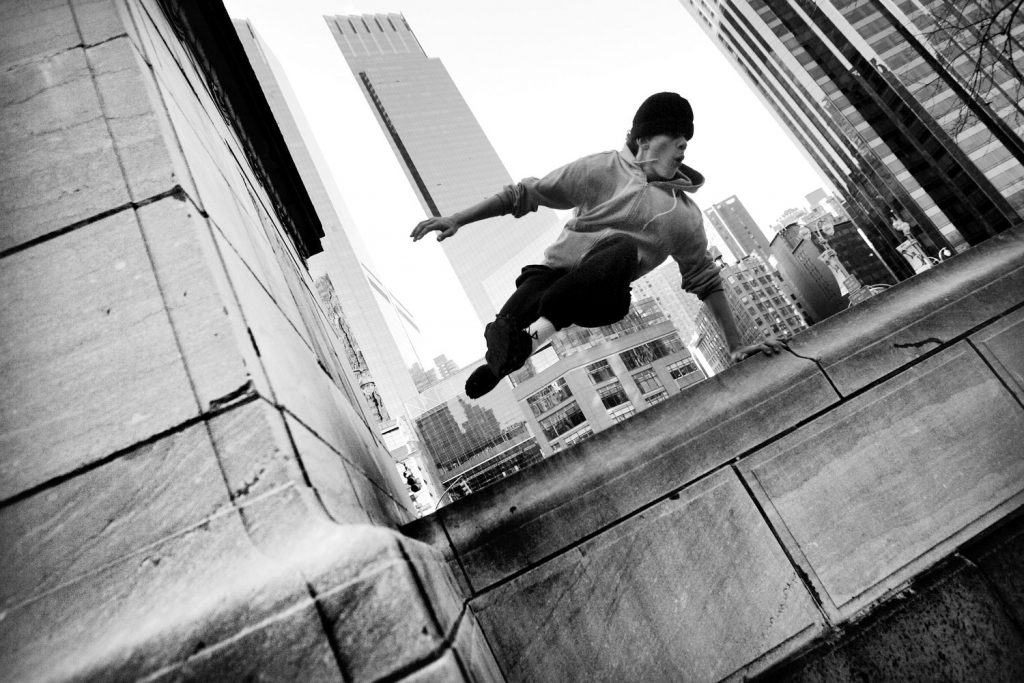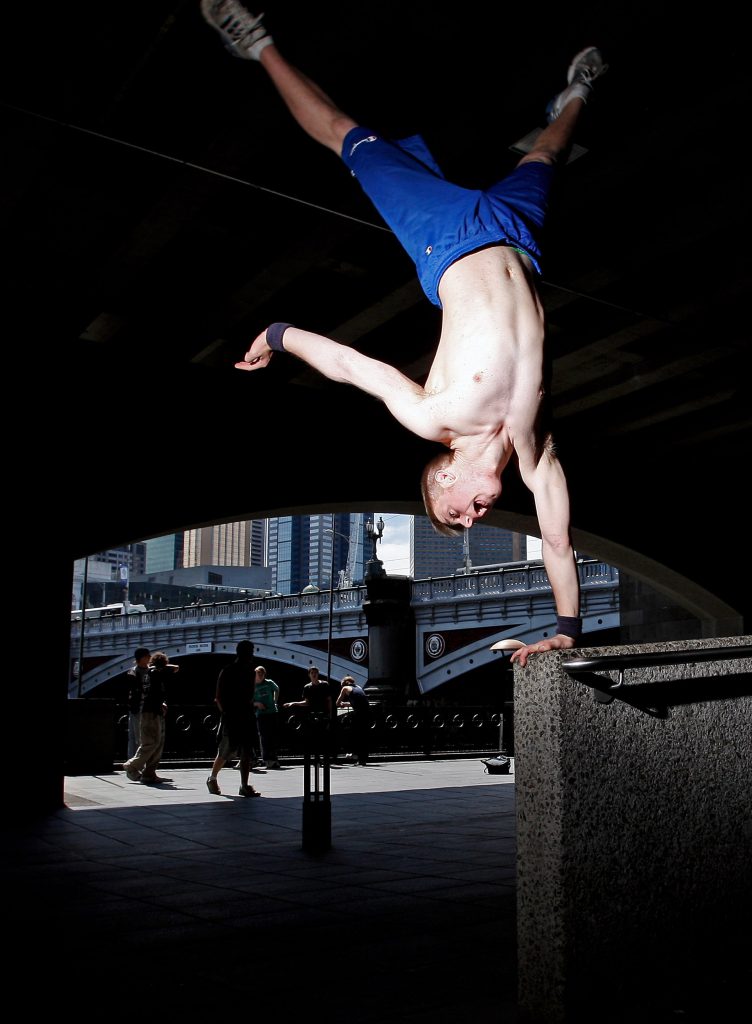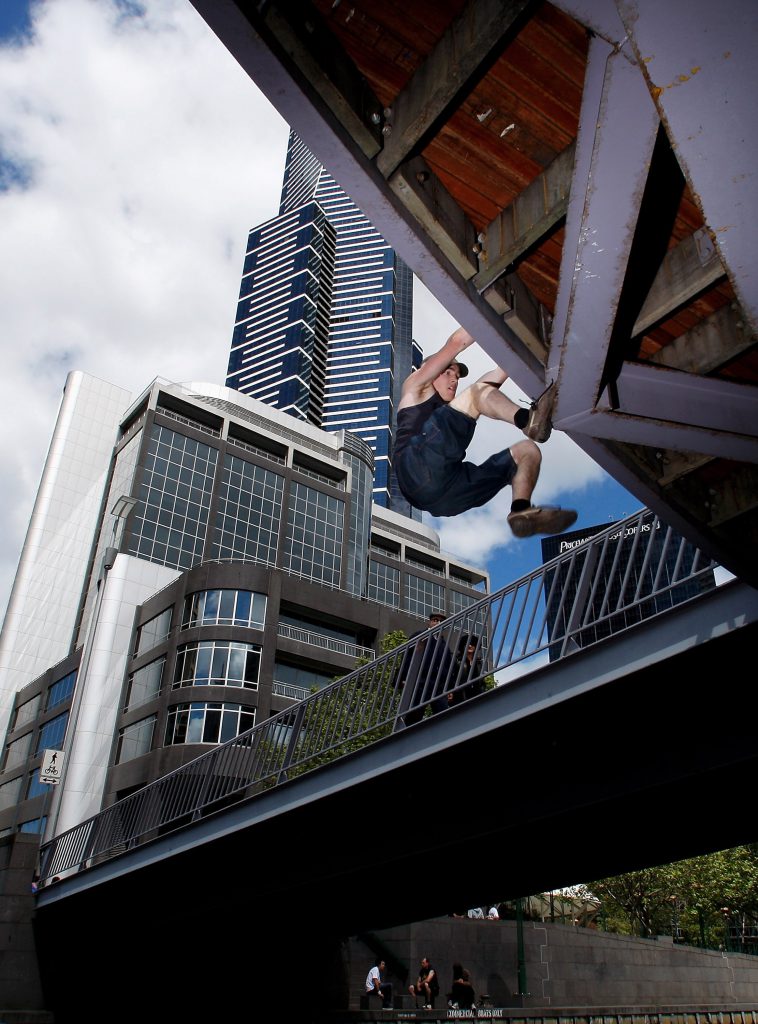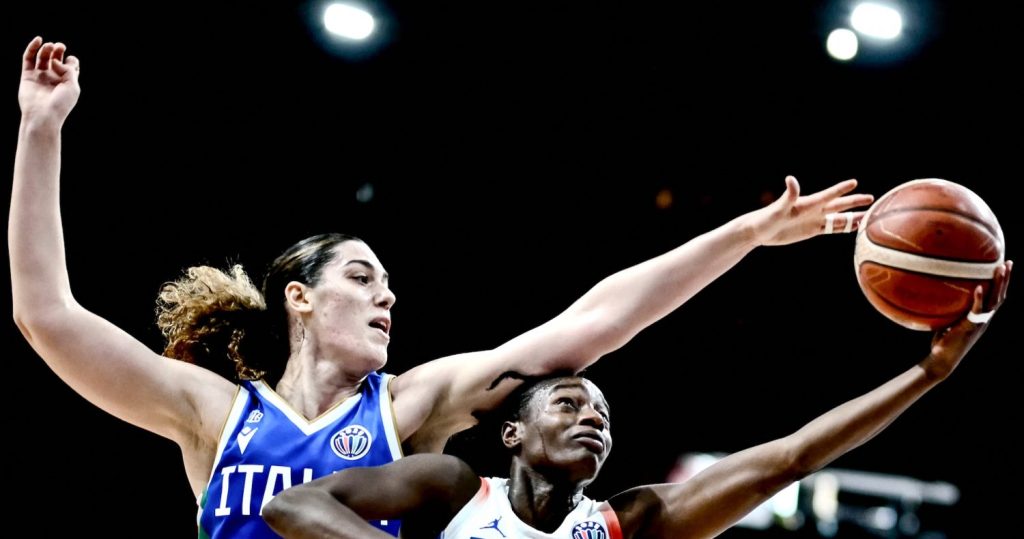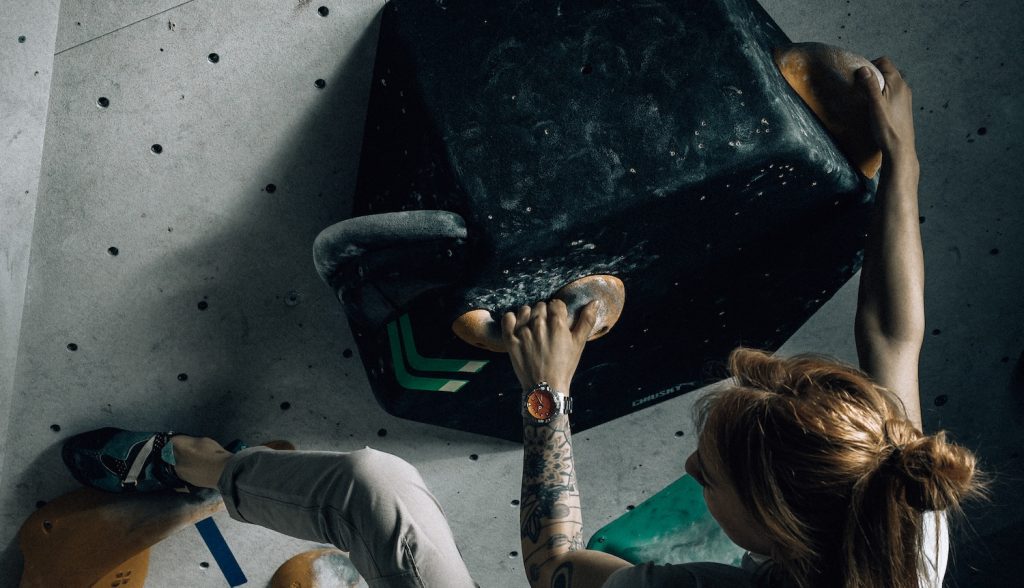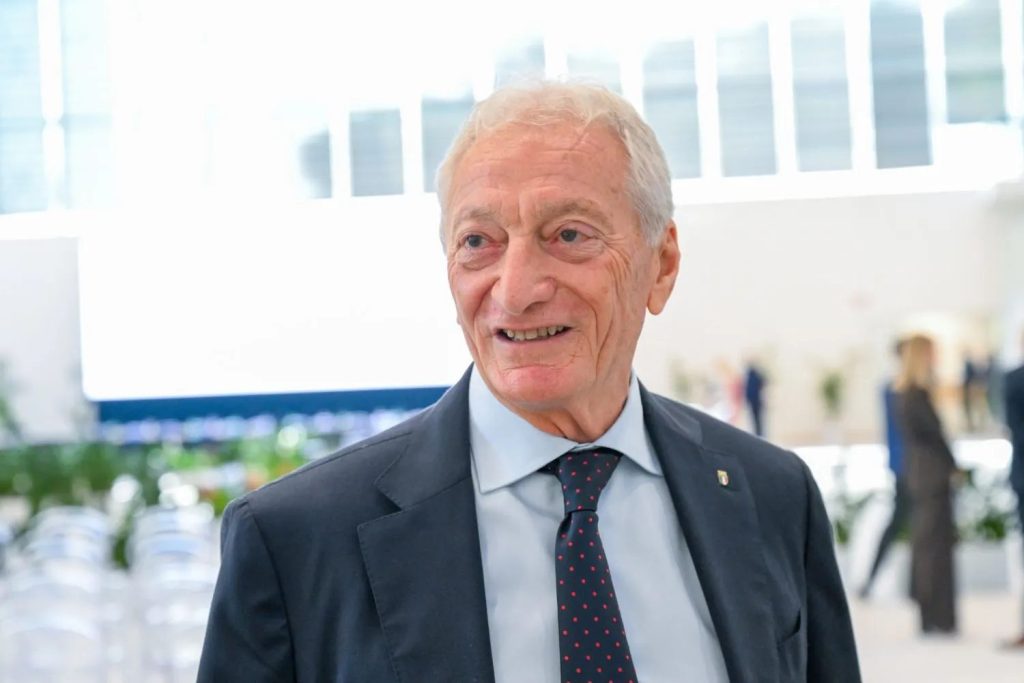Undici in collaborazione con Puma Eyewear presenta #NoCage, il format che raccoglie le storie di 12 personaggi sportivi contemporanei e del passato, che hanno cambiato la storia dello sport superando le barriere e gli ostacoli grazie alla determinazione e alla forza di volontà.
Superare ostacoli e barriere metropolitane: muri, ringhiere, cancelli, qualsiasi elemento costituisca impedimento al percorso. In altre parole: parkour, uno stile di vita, più che un semplice sport. La disciplina francese nasce agli inizi degli anni ’80, conosciuta anche come “l’art du déplacement”: arte dello spostamento. Il termine parkour deriva da parcours du combattant, percorso del combattente, il tracciato di guerra utilizzato nell’addestramento militare proposto da Georges Hébert. Ufficiale della marina francese alla fine dell’800, Herbert aveva studiato un metodo di allenamento per l’addestramento delle truppe. Era convinto che il miglior modo per allenarsi consistesse nell’esercitarsi in tutti quei movimenti che l’uomo svolge naturalmente quando incontra ostacoli lungo il proprio percorso. Secondo il soldato francese è necessario:«Essere forti per essere utili».
È grazie a David Belle, figlio di un pompiere addestrato proprio con il metodo di Hebert, che la disciplina conosce la sua vera e propria fondazione. Belle si allena con percorsi e tracciati sin dall’infanzia. Diventa pompiere, ma a causa di un infortunio al polso è costretto ad abbandonare il mestiere. Il suo amore per la disciplina, però, non si placa e allora trasforma quell’allenamento in una vera e propria filosofia. La disciplina si diffonde inizialmente con il solo passaparola, fino a quando i media non cominciano a interessarsene, e allora inizia a espandersi oltreoceano. Arriva in Italia attorno al 2005, sviluppandosi soprattutto grazie al diffondersi di video sul web che ritraggono gli atleti allenarsi in maniera eccezionale durante i loro percorsi.
Saltare, arrampicarsi, oltrepassare. Il parkour appare come un’attività quasi magica tanto è straordinaria, capace di stimolare un senso di libertà e di adesione con la natura e l’ambiente circostante che pare impossibile ritrovare altrove. Diventare un atleta esperto significa essere capace di incontrare le giuste combinazioni di tecniche e movimenti per seguire il percorso nel modo più fluido e agile possibile. Per questo, accade che molti traceur – questo è il termine con cui si definiscono gli specialisti della disciplina – percorrano gli stessi tragitti per anni, nel tentativo di perfezionarli al massimo, fino all’ultimo dei dettagli e delle prese. L’allenamento prevede due fasi differenti: una prettamente fisica incentrata sull’esercizio della forza e l’altra che ha a che fare con una pratica costante e metodica al fine di raggiungere una certa esperienza sui percorsi. Per quel che riguarda l’allenamento fisico si tratta di svolgere tutti quei movimenti che migliorano il controllo del corpo ed estendono i propri parametri di forza, velocità ed equilibrio. La seconda fase invece riguarda la scelta del percorso congiunta a una dettagliata analisi di tutti gli ostacoli previsti.
L’allenamento, secondo il Metodo Naturale di Hébert, deve essere svolto in maniera lenta, progressiva e graduale per migliorare ogni singola caratteristica atletica dell’individuo. Per questo motivo sono sconsigliati allenamenti accelerati e praticati all’interno di palestre con attrezzature ad hoc. Solo l’ambiente circostante, che sia naturale o urbano, è in grado di insegnare come muoversi nel suo spazio rispettando il proprio corpo e ascoltando i segnali che questo è in grado di trasmettere. È proprio quest’esercizio di ascolto del proprio corpo che permette un lavoro di conoscenza di se stessi che contribuisce a plasmare la propria personalità: affrontare situazioni impreviste, di pericolo richiede tempo e insegna a identificare le proprie sensazioni e i propri limiti.
[widegallery][/widegallery]
La nuova collezione eyewear sportstyle di Puma rende omaggio alle “Suede”, le famose sneakers che dal 1968 rappresentano la quintessenza del brand tedesco. Le eleganti stanghette in Alcantara ® e le lenti colorate danno a questa collezione un tocco di freschezza, mentre la montatura in formato diva o rettangolare contribuisce a creare uno stile vintage ma moderno, certamente semplice e divertente da abbinare.
Praticare un’attività di questo tipo condiziona il proprio stile di vita perché è in grado di indirizzare la mente verso un diverso approccio agli avvenimenti della vita di ogni giorno, consentendo di riuscire ad analizzare le cose con uno spirito disposto all’adattamento, al cambiamento. Sperimentare una moltitudine di stati psico-emotivi come ansia, paura, dubbio, stanchezza può scatenare un senso di sicurezza e fiducia nel momento stesso in cui quelle paure sono state superate. Rispetto per se stessi, conoscenza e sfida costante dei propri limiti per raggiungere l’obiettivo affrontando qualsiasi genere di ostacolo, impedimento o difficoltà che la vita pone sul cammino di ogni essere umano, sono proprio i valori alla base di una disciplina come il parkour. Quello che qualsiasi persona è in grado di identificare come problema, impedimento al raggiungimento di un obiettivo viene percepito come una risorsa, un’opportunità per superare quel momento in maniera quanto più fluida ed efficiente possibile. È per questo che la pratica di quest’attività influisce sull’approccio alla vita. Non demordere quando ci si trova ad affrontare difficoltà ma sfruttarle, aggirarle, minimizzarle per proseguire in modo – se possibile – anche migliore il tragitto verso il proprio obiettivo finale, è di sicuro uno degli insegnamenti più efficaci di questo sport.
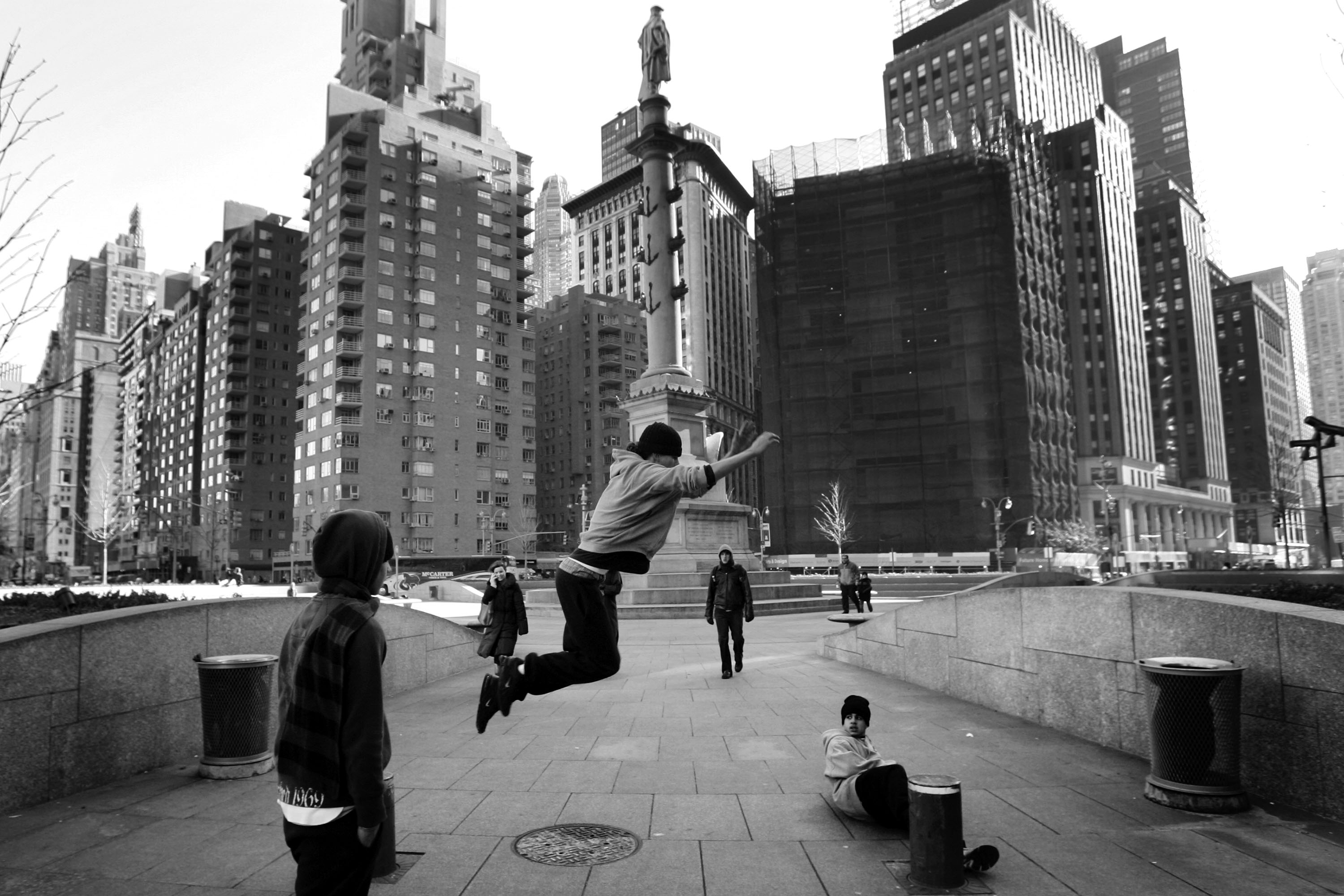
Un momento di parkour tra le strade di New York, nei pressi di Central Park (Chris McGrath/Getty Images)
A proposito di David Belle, il simbolo della disciplina, della sua nascita e della sua evoluzione, è fondamentale il lavoro fatto con e dal suo gruppo Yamakasi. L’intera disciplina, infatti, deve le proprie origini a un gruppo di atleti, giovani e vagamente folli che scelse appunto Yamakasi come nome collettivo. Yann Hnautra, Châu Belle Dinh, David Belle, Laurent Piemontesi, Sebastien Foucan, Guylain N’Guba Boyeke, Charles Perriere, Malik Diouf e Williams Belle, sono i fondatori originali del gruppo. Preso a prestito dalla lingua lingala, Yakamasi è un termine traducibile come uomo/donna forte, spirito forte: una sineddoche del credo e dei principi della disciplina. Spesso il termine viene erroneamente scambiato per una parola giapponese, soprattutto per via del film del 2001 Yamakasi – I nuovi samurai, che associava appunto alla parola “Yamakasi”, la figura del samurai, i cavalieri del Giappone feudale, in un’erronea identificazione di culture differenti. Colpa del film Yamakasi – I nuovi samurai di Ariel Zeitoun e presentato da Luc Besson, in cui il gruppo, come un accolita di novelli Robin Hood, ruba soldi da ricchi dottori per contribuire economicamente all’intervento cardiaco di un bambino. Ancora nel 2004 viene girato The Great Challenge, nel quale è protagonista un nuovo gruppo di Yamakasi, mentre Châu Belle Dinh, membro originale del gruppo e protagonista nel primo film, interpreta una parte da antagonista.
Oggi il quadro del mondo parkour ha individuato nuovi combattenti capaci di raccogliere l’eredità e il lascito del seminale gruppo Yamakasi. Uno di questi è Kie Willis. Nel video realizzato da Puma, proprio Kie, uno dei più famosi atleti di parkour in circolazione, esprime al meglio quell’idea di energia e agilità per riuscire ad andare oltre qualsiasi ostacolo, anche quelli che all’apparenza sembrano assolutamente insuperabili.
[widegallery id=”14883″][/widegallery]

